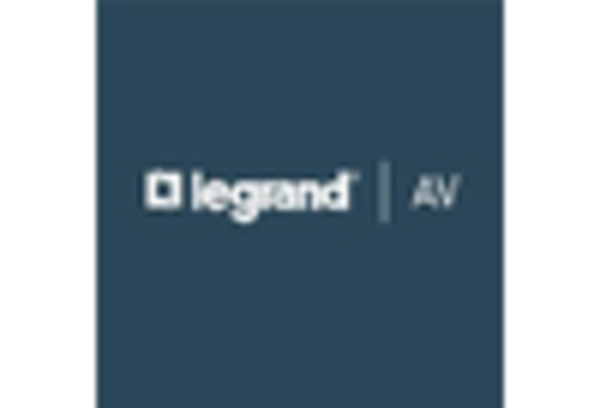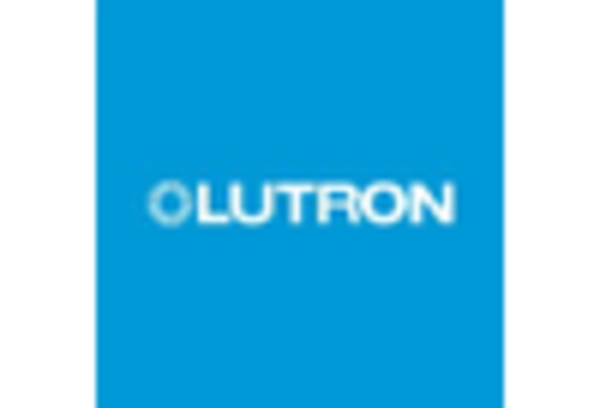Rising Demand for Energy Efficiency
The increasing emphasis on energy efficiency is a primary driver for the Occupancy Sensor Market. As organizations and households seek to reduce energy consumption, occupancy sensors provide a viable solution by automatically controlling lighting and HVAC systems based on occupancy. According to recent data, buildings equipped with occupancy sensors can achieve energy savings of up to 30%. This trend is further supported by government initiatives promoting energy-efficient technologies, which are likely to bolster the adoption of occupancy sensors across various sectors. The Occupancy Sensor Market is thus positioned to benefit from this growing demand for sustainable energy solutions.
Growing Awareness of Workplace Safety
The heightened focus on workplace safety is influencing the Occupancy Sensor Market. Organizations are increasingly recognizing the importance of ensuring safe environments for employees, which includes effective monitoring of occupancy levels in various spaces. Occupancy sensors can help in maintaining safety protocols by ensuring that areas are not overcrowded and that emergency exits are accessible. This awareness is driving the adoption of occupancy sensors in commercial buildings, educational institutions, and healthcare facilities. As safety regulations become more stringent, the Occupancy Sensor Market is expected to expand, catering to the needs of safety-conscious organizations.
Integration with Smart Building Technologies
The integration of occupancy sensors with smart building technologies is transforming the Occupancy Sensor Market. As smart buildings become more prevalent, the need for interconnected systems that enhance operational efficiency is paramount. Occupancy sensors can seamlessly communicate with other smart devices, such as lighting controls and security systems, to optimize energy use and improve user experience. This integration is expected to drive market growth, as businesses increasingly invest in smart technologies. The Occupancy Sensor Market is likely to see a surge in demand as more facilities adopt these advanced systems, enhancing overall building management.
Technological Advancements in Sensor Capabilities
Technological advancements in sensor capabilities are propelling the Occupancy Sensor Market forward. Innovations such as improved motion detection, enhanced sensitivity, and integration with artificial intelligence are making occupancy sensors more effective and reliable. These advancements allow for more accurate occupancy detection, which can lead to greater energy savings and improved user comfort. The market is witnessing a shift towards more sophisticated sensors that can adapt to varying conditions and user behaviors. As these technologies continue to evolve, the Occupancy Sensor Market is likely to experience significant growth, driven by the demand for smarter and more efficient solutions.
Regulatory Support for Energy Management Solutions
Regulatory support for energy management solutions is a crucial driver for the Occupancy Sensor Market. Governments worldwide are implementing policies and incentives aimed at promoting energy efficiency and reducing carbon footprints. These regulations often encourage the adoption of technologies like occupancy sensors, which play a vital role in energy management strategies. For instance, building codes may require the installation of occupancy sensors in new constructions or renovations. This regulatory landscape is expected to foster growth in the Occupancy Sensor Market, as businesses and property owners seek compliance while also benefiting from energy savings.

















Leave a Comment